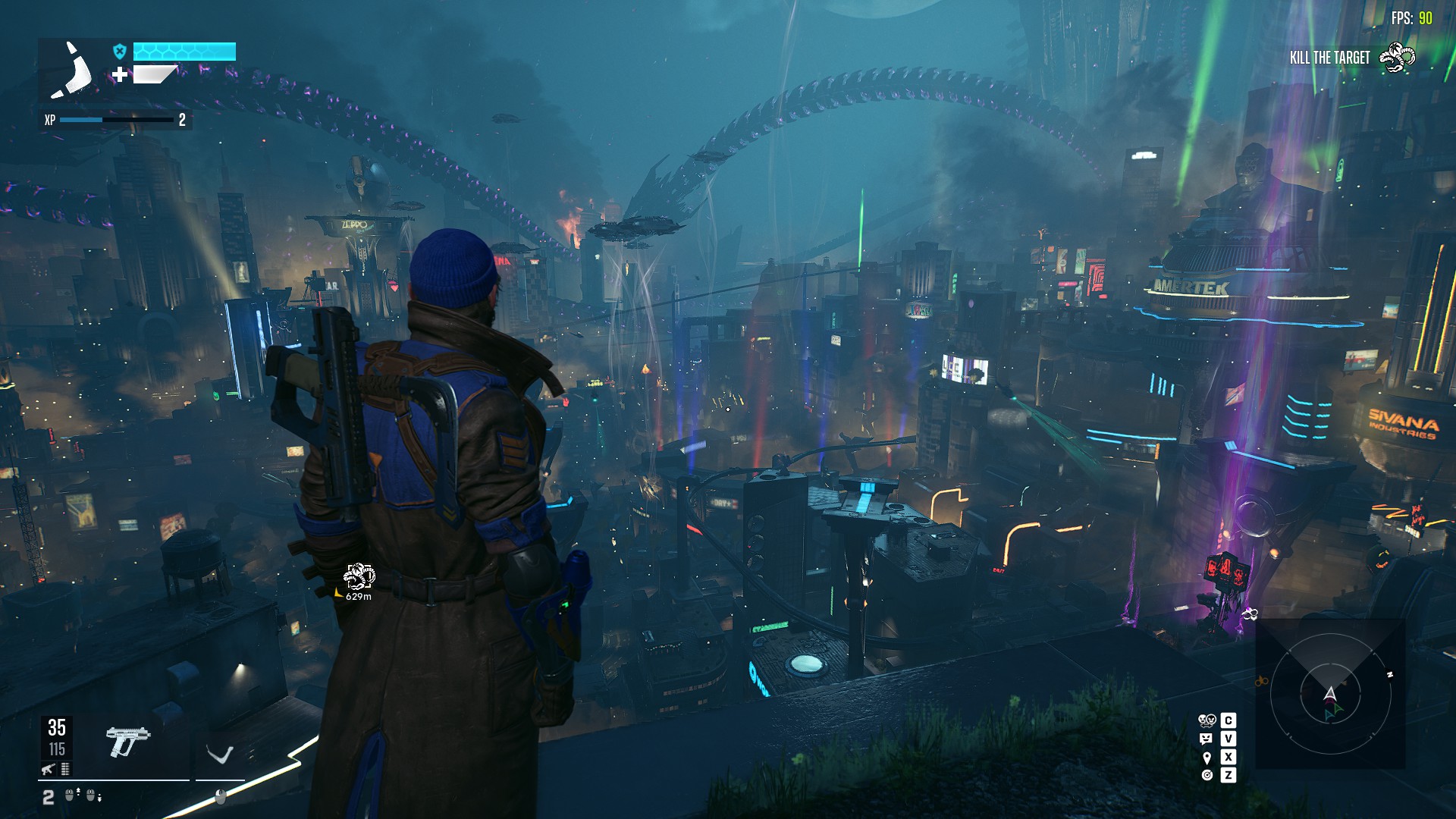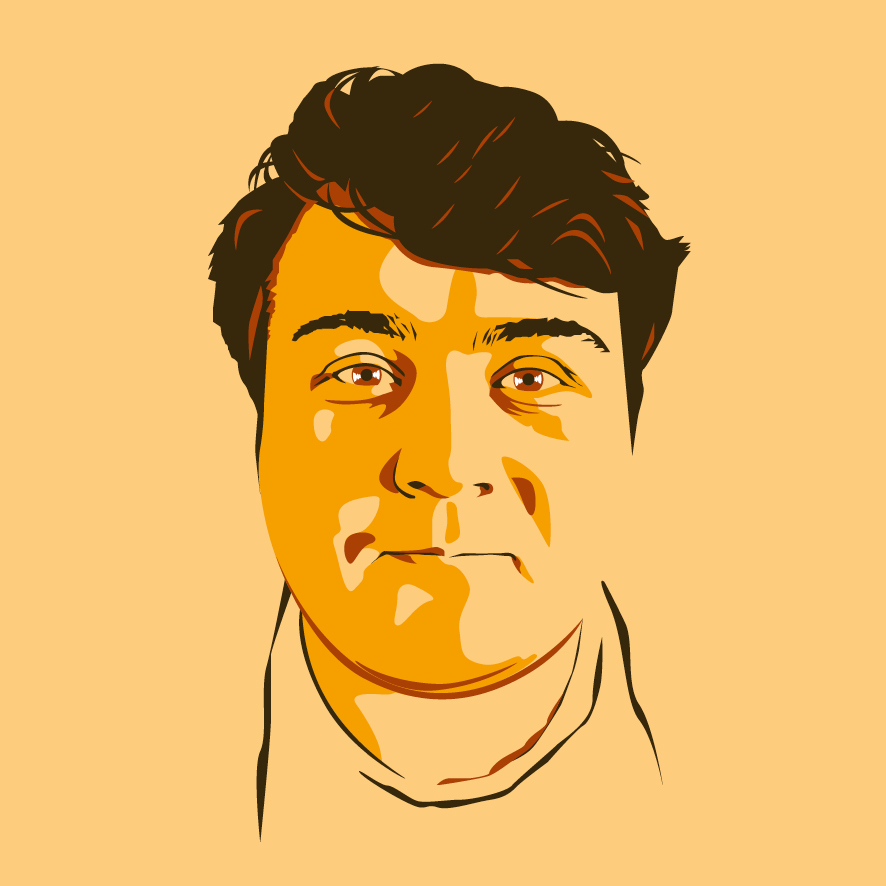8 hours in, Suicide Squad doesn't seem like the disaster some were waiting for
It's pretty fun.

It's not every day that a videogame's grand reveal goes so poorly that it gets delayed a year. Following up one of the greatest action series of all time with a Suicide Squad looter shooter isn't what I imagined for Rocksteady, and my eyes rolled to the back of my head when I first saw Diablo-style gear statistics and talk of a battle pass.
After that tough feedback at the beginning of 2023, Rocksteady went dark on Suicide Squad: Kill the Justice League, reemerging late last year with trailers that emphasized its open-world Metropolis, unique traversal, and the squad's distinct playstyles.
It looked fun, and I like co-op shooters… dang, was Suicide Squad actually gonna be good?
So far, yeah. I'm eight hours in and having a great time leaping across Metropolis, tearing through purple aliens (plus a billion helicopters), and learning how to get the most out of every member of Task Force X. This is not at all the high-profile trainwreck that some (even some of us) were waiting for. I do wonder if it'll stay this fun, though—most missions are samey so far, and if that doesn't change between hour eight and hour twenty, that'd be a huge bummer.
Here are my big takeaways from Suicide Squad: Kill the Justice League so far:
Getting around Metropolis is half the fun
I can't say enough nice things about how fun it is to jump, jetpack, swing, and boomerang-warp across the rotting corpse of Metropolis. Other open world games are happy if they land on a single method of locomotion that's fun to do for hours, but Rocksteady went ahead and made four so good that I can't pick a favorite.
Every member of the Suicide Squad plays like they were plucked out of a different sandbox. When I'm King Shark crossing 300 foot gaps in a single leap, I'm whisked back to collecting agility orbs in the original Crackdown. When I'm Deadshot taking to the skies to get the high ground on everybody at once, I feel as untethered as the best moments of Anthem. When I'm Captain Boomerang blinking across gaps and speeding up buildings, I think I've happened across the Infamous: Second Son sequel we never got. Harley Quinn gets the Spider-Man treatment.
Keep up to date with the most important stories and the best deals, as picked by the PC Gamer team.
Suicide Squad - King Shark"
The best surprise of Suicide Squad's movement is that it's challenging. There are hard limits around how long you can be airborne before you have to touch solid ground—even Deadshot only gets a few seconds of flight at a time. Maintaining momentum comes down to planning where you're gonna land while you're still in the air, using the sides of buildings to reset cooldowns, and learning how to chain slides into your next leap. It's a major adjustment if you've just come off Marvel's Spider-Man 2—a game that makes getting around so effortless that you can literally fly—but I'm digging it.
The downside of all that variety is that mastering Suicide Squad's traversal has been trickier than I expected. The controls are strange for a third-person action game, but the real hurdle is remembering multiple sets of controls. The constant context switching means I sometimes forget that only King Shark can sprint, or that Boomerang's air dashes use a different button than everyone else.

The guns are surprisingly good
It turns out Rocksteady can make a decent third-person shooter. Guns are punchy (miniguns and shotguns are particularly good) and I like how the arsenal has been split across the squad to establish specialties. Only Deadshot and Boomerang can use sniper rifles, for instance, while Harley and Shark stand out with miniguns and powerful melee attacks.
But like traversal, Suicide Squad's quirky combat took hours to click. I wasn't initially on board with the basic combo of meleeing baddies with canned animations to pop them in the air and then shooting at close range for guaranteed crits. It's the total opposite of the Arkham games, which focused entirely on melee with some auto-aiming ranged gadgets. Snapping my reticle to meleed enemies was jarring, and every enemy could be dealt with the same way. Now that I'm further in, there are a few more enemy types that break the mold. Snipers have to be "counter shot" or else they'll just teleport away, and trying to go close-range on a group of brutes will get you knocked around.
I'm finally feeling encouraged to mix things up and I think I've found the combat loop Rocksteady was hoping for—using movement abilities to steal the high ground, soften clusters of enemies up with ranged fire or grenades, and then going in close to clean up with melee combos.

Missions are simple and samey
I hope you like the rooftops of Metropolis, because just about every mission I've played so far has taken place in homogenous open-air arenas. Maybe it's because the game's so vertical that you need an open sky, but I was expecting to see inside more than just the Hall of Justice. Rocksteady's later Arkham games had this beautiful pacing where you'd glide around Gotham beating up dozens of guys, and right before that got boring you'd start an indoor mission heavy on stealth encounters and puzzles.
Right now, Suicide Squad feels like it's missing something to break up all the outdoor fighting. Maybe that'll change—the main story in the opening hours of the game is heavy on setting up side activities, so maybe grander missions are yet to come. My Justice League body count is still a whopping zero. I've had the mission to go after Green Lantern on my map for a while now and I'm finally getting strong enough to take him on, I think.
We'll keep at it with Suicide Squad: Kill the Justice League as the game releases for everybody on Friday. Expect our full review next week.

Morgan has been writing for PC Gamer since 2018, first as a freelancer and currently as a staff writer. He has also appeared on Polygon, Kotaku, Fanbyte, and PCGamesN. Before freelancing, he spent most of high school and all of college writing at small gaming sites that didn't pay him. He's very happy to have a real job now. Morgan is a beat writer following the latest and greatest shooters and the communities that play them. He also writes general news, reviews, features, the occasional guide, and bad jokes in Slack. Twist his arm, and he'll even write about a boring strategy game. Please don't, though.

